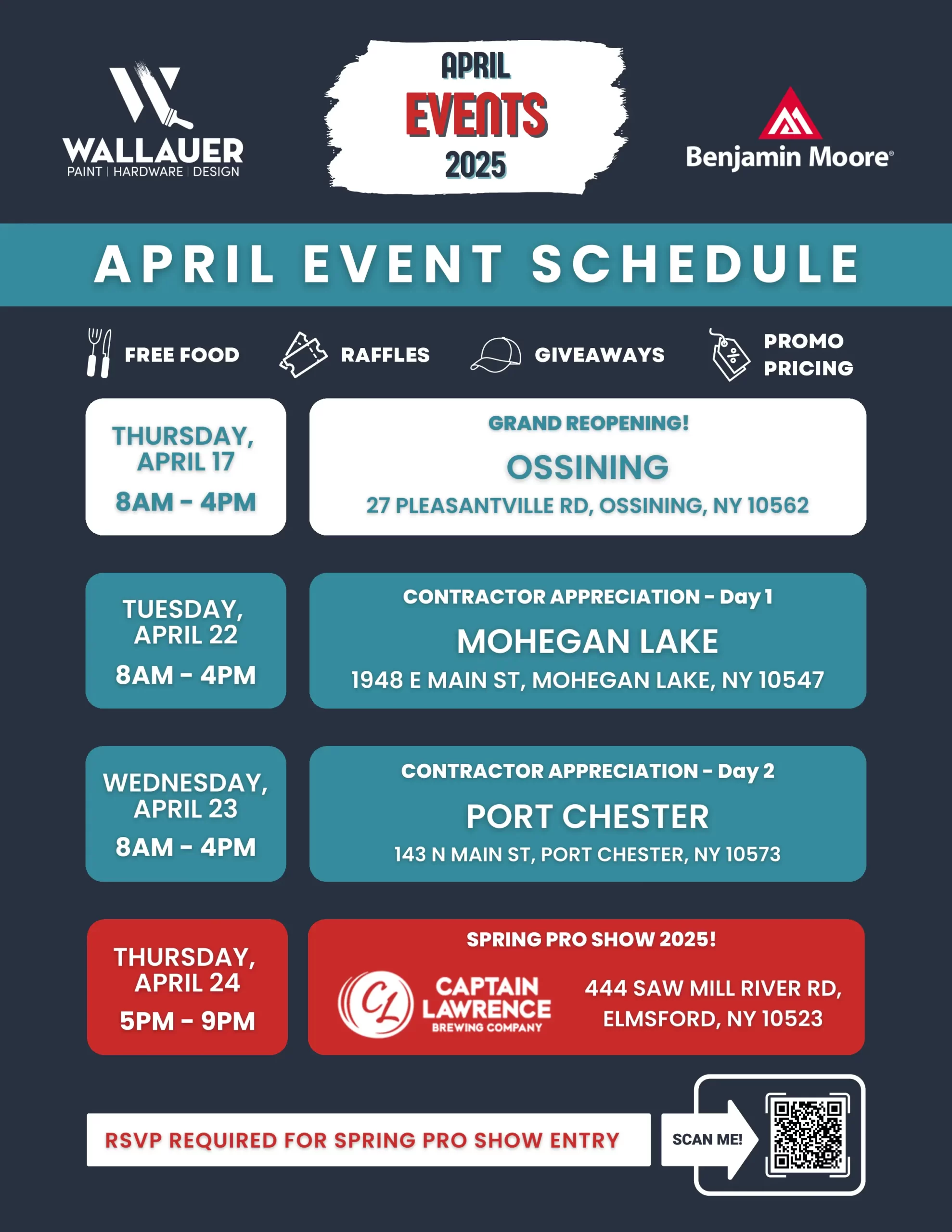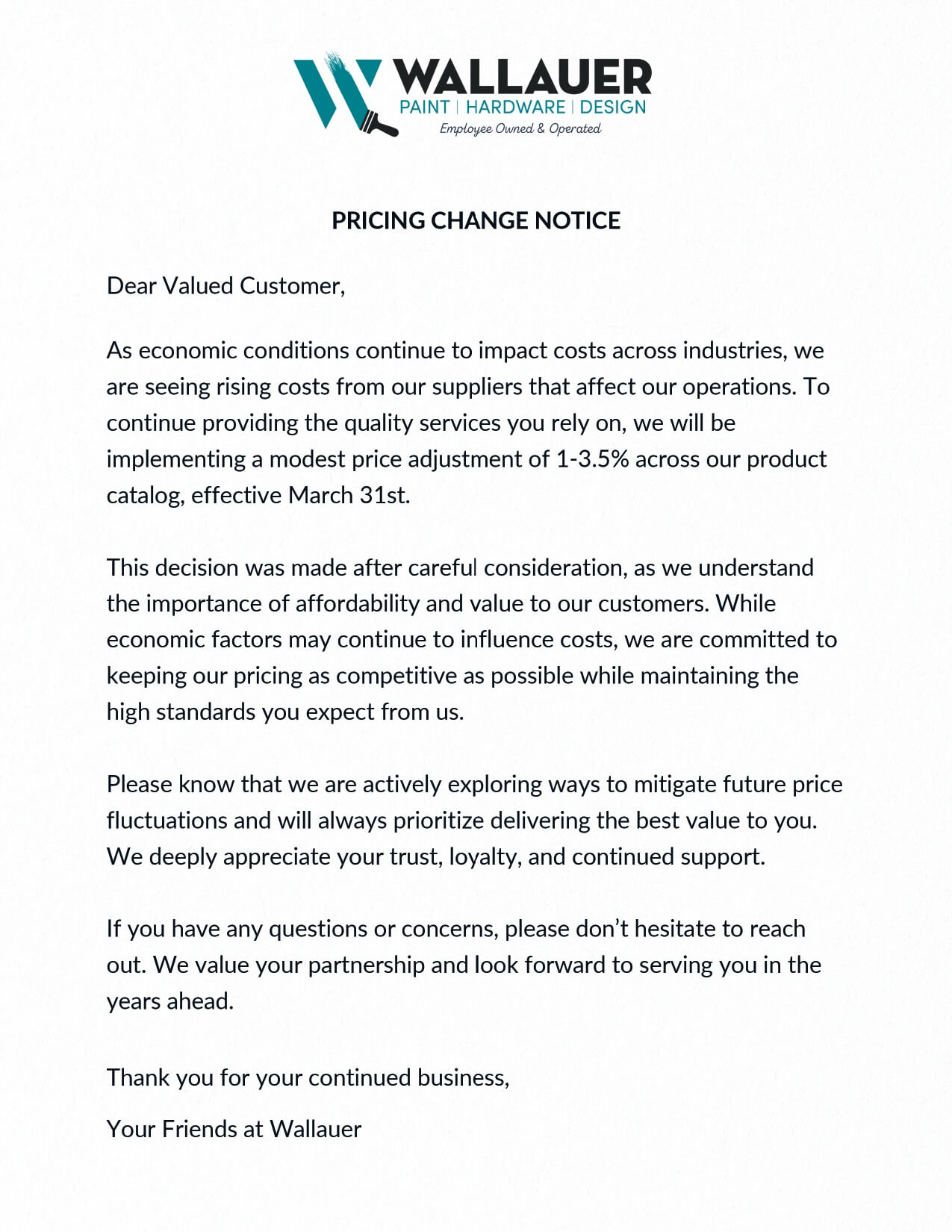Does a quality paint REALLY pay for itself? Here are the facts.
By Tammy Adamson-McMullen
You may have heard that a premium paint pays for itself. But is this really true? Or is it a sales pitch designed to take a few more dollars out of your pocket?
Here are the facts to help you decide if a higher-quality paint is worth the cost.
Better Ingredients
First, we need to look at the ingredients in both premium and lesser-quality paints, which differ both in quantity and quality.
- Pigments: These ingredients, which are part of the solids in paint, are responsible for its color and hide. Premium paints have a greater concentration of prime pigments, which are expensive but provide the best color hiding and retention. Lesser-quality paints typically have a greater concentration of extender pigments, which are lower in cost but mostly add bulk.
- Binders: Binders also are solids. These ingredients are film-formers; they act as a glue to hold pigments together and keep them together once the paint dries. Binders also affect the paint’s ability to adhere to the surface and to resist stains, cracking, blistering and peeling. Premium paints have superior binders—such as 100-percent acrylic resins—and have them in abundance.
- Additives: Premium paints generally contain more additives than lower-quality paints. These include biocides, to discourage bacteria and mildew; modifiers, for better hide, flow and leveling; dispersing agents, to keep pigments evenly distributed; preservatives, to prevent paint from spoiling; anti-freezing agents, to keep the paint from freezing in the can; defoamers, so the paint doesn’t froth when mixed; and so on.
- Solvents: These are the liquids (such as water in latex paints and mineral spirits in oil-based paints) that transport paint to the surface and then evaporate as it dries. Premium paints have more solids than lesser-quality paints, resulting in a thicker and tougher paint film.
Easier to Apply
Because of the quality and quantity of their ingredients, premium paints are easier to apply—which means that they save you both time and money. You can prove this argument for yourself by conducting a little experiment …
Purchase a small amount of a premium paint and the same amount of a lesser-quality paint. Then paint the two products on a sample board, using the same brush. You’ll notice with the first brush-out that the premium paint flows onto the sample board with less effort and levels more quickly, with fewer brush and lap marks. To achieve similar results with the lesser-quality paint, you’ll probably need to manipulate it with the brush. This will cost you extra time, and you still may not get the results you desire. You may also have to paint an additional coat of the lesser-quality paint in order to achieve the same hiding quality as the premium paint. In a real-world scenario in which you’ve hired contractors to do the painting for you, this extra time can mean extra dollars out of your wallet—dollars that will continue accumulating over the life of the paint project.
More Durability
Durability is one of the best reasons to buy a premium paint. Premium paints have superior adhesion and do a better job of resisting stains and scuff marks as well as chalking, blistering, cracking and chipping. Simply put, they stand the test of time and for this reason alone pay for themselves.
Here’s an example: Let’s say you’ve calculated that you need 30 gallons of interior paint for your home. If you buy a premium paint at $40/gallon with a life expectancy of 20 years, you’ll spend $1,200 initially; but this breaks down to just $60 a year over the service life of the paint. If you buy a lesser quality paint at $20/gallon with a five-year life expectancy, you’ll spend $600 initially; but this calculates to $120 a year over the service life of the paint. In this latter scenario, you’ll also need to add in the cost of at least two more recoats to reach the 20-year lifespan of the premium paint.
Enhanced Appearance
Technicalities aside, no other product comes close to matching the aesthetics of a high-quality paint finish. Premium paints have a depth of color, an elegant sheen and a smooth finish that sets them apart. And because of their excellent durability and color retention, premium paints don’t need to be repaired or freshened up so soon after they’re applied—which means, once again, that they save money.
All of these arguments should convince you that a quality paint is worth every penny. However, if your budget is still a bit squeezed, here’s a tip: Visit your local paint and decorating store and discuss your paint project as well as your budget. Ask for the retailer’s “good” or “better” paint product, rather than the “best” in the store’s inventory. This will save you a few dollars while still ensuring that you leave with a quality product. Or, if possible, wait until the “best” product goes on sale. Either way, you’ll be ensured that you’ve purchased the highest quality paint you can afford, offering the best possible results you can achieve.

 Interior Paints
Interior Paints Exterior Paints
Exterior Paints Primers
Primers Stains & Clears
Stains & Clears
 Paint Brushes
Paint Brushes Paint Roller
Paint Roller Paint Trays & Liners
Paint Trays & Liners



